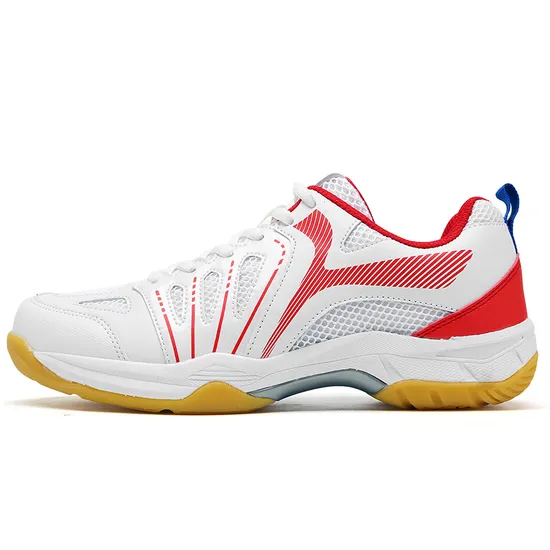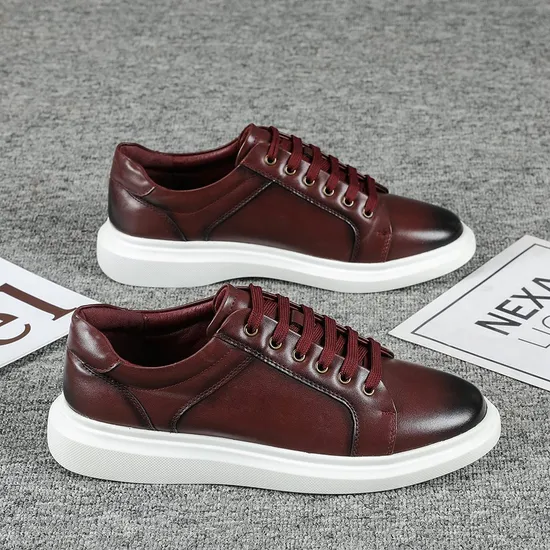


The United States, with its $80 billion footwear market, represents a prime opportunity for Chinese shoe manufacturers seeking to expand their global footprint. Sourcing shoes directly from China offers American retailers and brands unparalleled cost efficiency, design versatility, and scalability. However, navigating customs regulations, logistics complexities, and quality assurance requires a strategic approach. This article outlines how U.S. importers can efficiently procure footwear from China while complying with local standards and maximizing profitability.
—
Why Source Shoes from China for the USA?
China dominates global footwear production, manufacturing over 10 billion pairs annually, accounting for 60% of global exports. Key advantages for U.S. buyers include:
– Cost Efficiency: Labor and production costs in China are 30–50% lower than in the U.S., enabling competitive pricing for retailers.
– Product Diversity: Factories offer everything from athletic wear to luxury footwear, with customization options for U.S. consumer preferences.
– Scalability: Manufacturers can handle bulk orders for big-box retailers or small-batch productions for niche markets.
—
Step-by-Step Procurement Process
1. Define Product Requirements
– Specifications: Outline materials (e.g., breathable mesh, premium leather), sizing (U.S. standards), and design elements (e.g., slip-resistant soles for urban wear).
– Certifications: Ensure compliance with U.S. regulations, including CPSC (Consumer Product Safety Commission) standards and ASTM certifications.
2. Supplier Vetting and Selection
– Industry Resources: Partner with China’s export promotion agencies (e.g., CCPIT) to identify verified factories specializing in export footwear.
– Factory Audits: Conduct virtual or on-site audits to assess craftsmanship, quality control, and sustainability practices (e.g., water-efficient dyeing).
– Samples: Request prototypes to evaluate durability, stitching, and design accuracy.
3. Negotiate Contracts and Logistics
– MOQ (Minimum Order Quantity): Negotiate terms based on order size—smaller MOQs suit startups, while bulk orders reduce per-unit costs.
– Payment Terms: Secure transactions with Letters of Credit (LC) or escrow services to mitigate financial risks.
– Shipping Routes: Opt for multimodal transport via major ports (e.g., Los Angeles, New York) to minimize delays.
4. Compliance and Customs
– U.S. Tariffs: Verify duty rates for footwear (typically 10–20% depending on material and country of origin).
– Documentation: Prepare invoices, packing lists, and certificates of origin for smooth customs clearance.
5. Quality Assurance
– Third-Party Inspections: Hire agencies like SGS or Bureau Veritas to inspect goods pre-shipment, reducing defect risks.
– Final Approval: Conduct a final review in the U.S. to ensure alignment with local preferences (e.g., wide-toe designs for American feet).
—
Key Challenges and Solutions
1. Balancing Cost and Quality
– Solution: Partner with factories that blend automation for efficiency with artisanal craftsmanship for durability.
2. Climate-Specific Adaptations
– Solution: Source breathable materials (e.g., moisture-wicking fabrics) and prioritize factories with experience in U.S. seasonal demand.
3. Regulatory Compliance
– Solution: Work with compliance experts to meet CPSC standards and avoid import penalties.
4. Shipping Costs
– Solution: Consolidate orders with other U.S. businesses to fill containers and split logistics expenses.
—
Cost-Saving Strategies
1. Consolidated Shipping: Partner with U.S. 3PL providers to store inventory in strategic warehouses, reducing last-mile delivery costs.
2. Trade Agreements: Leverage U.S.-China trade agreements (e.g., reduced tariffs under the Phase One Deal for certain goods).
3. Local Partnerships: Collaborate with U.S. customs brokers to expedite clearance and optimize tax payments.
—
Case Study: U.S. Retailer Success
A California-based retailer partnered with a Chinese factory to source 1,000 pairs of eco-friendly running shoes. By negotiating FOB pricing and using rail freight via the Pacific Northwest, they reduced costs by 35% compared to EU suppliers. Pre-shipment inspections ensured zero defects, while leveraging U.S. tariffs saved $15,000 annually.
—
Future Trends in China-U.S. Footwear Trade
1. Sustainable Sourcing: Growing demand for circular fashion (e.g., shoes made from recycled ocean plastic) will drive innovation in Chinese factories.
2. 3D Printing: Adoption of on-demand digital manufacturing to reduce waste and enable hyper-personalized designs.
3. Blockchain Traceability: Securely track materials from source to customer, aligning with U.S. consumer transparency expectations.
—
Conclusion
Procuring shoes from China to the USA is a strategic avenue for retailers seeking cost efficiency, durability, and market relevance. By prioritizing supplier vetting, compliance, and sustainable practices, U.S. businesses can meet local demands while maintaining a competitive edge. As global trade evolves, embracing digital tools and eco-conscious strategies will ensure long-term success in this dynamic market.
Streamline Your Sourcing Journey
Partner with trusted logistics providers and leverage digital innovation to optimize your footwear procurement process. From factory selection to customer delivery, every step contributes to building a resilient American brand.
Article link:https://www.vlefooena.com/manufacturer/3909/

No reply content